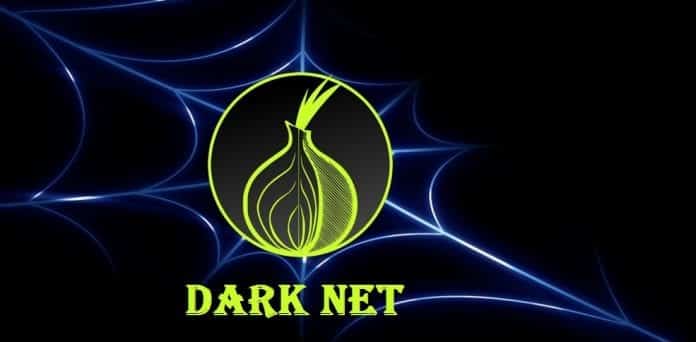United States military and Tor collaborating to build a totally new Dark Net
The Dark Net is and has always been under threat. This is the smart approach to take as the focus has been shifted to technology like the Tor-anonymizing network. Warnings from governments and hackers around the world have forced Tor’s decade-old secret service technology to its limits.
Tor is creating the next-generation Dark Net in part to stay forward in the security race. With funding from the Defense Advanced Research Projects Agency, the U.S. military agency has been accused of designing the cutting edge of new technology.
The funding that started in 2014 is a part of DARPA’s Memex project, a “groundbreaking” search engine created to better commercial giants like Google at probing the Deep Web and other often ignored area for the U.S. intelligence, military and law enforcement. DARPA has collaborated with universities like Carnegie Mellon, NASA, private research firms, and several Tor Project developers to build Memex.
Kate Krauss, Tor’s Director of Communications told the Daily Dot via email that DARPA is financing numerous projects that concentrates on improving Tor’s hidden services across “1-3 years”. Tor refused to give more details on the grant, like its monetary value and terms, and DARPA did not reply to a request for comment.
Tor’s project leader, Roger Dingledine drew attention to a dozen projects over the last year that was financed by DARPA which included an investigation team allocated to handle recent attacks on some of the Dark Net’s most famous websites.
These attacks, which aimed to target several hidden services started in March with a easy-but-productive cyberattack that slowed down the entire Tor network. This resulted in the site being offline for more than a week, creating no small amount of worry about the safety of many Tor users. Few of the sites are still finding it difficult to return to normalcy.
Among the work financed by DARPA’s grant under the Memex project were New technology developments, in-depth statistics, fixes and upgrades on hidden services.
The future road map of Dark Net road looks desirous. Tor has ideas to increase the encryption strength of hidden service’s identity key by twice in number and allow offline storage for that key, a major security upgrade.
To better handle refutal of service attacks and high traffic in general, Next-generation hidden services may be operated from multiple hosts. This is possibly a big power boost that further draws the Dark Net and normal websites more closer.
According to a recent DARPA blog post, Memex which is headed by data scientist Christopher White, is definitely not aimed at de-anonymizing any Tor user or “accessing information not intended to be publicly available.” Tor, which was invented as a U.S. Navy research project in 2002 has always been somewhat contentious due to its government funding.
This is not the first instance that DARPA has financially helped Tor. The stint as a sponsor from 2001-2006 is next to the similar grants from the U.S. Navy, National Science Foundation and the State Department, as government financial support over the past decade.
Until recently, Hidden services, which makes up about 4 percent of the entire Tor network, was relatively ignored when it came to financing and growth.
Tor director, Roger Dingledine told the Daily Dot that “The challenge with hidden services is two-fold. First they’re hard to frame as being within the mission of most funders in our space. Funders care about resisting censorship better, or training users about being safe online, or writing research papers on anonymous communications, but none of those are specifically about hidden services.”
The most difficult part is to convince regarding the money. Tor’s presence as a non-profit dependent on grants and donations implies that development is in important way, driven by what Tor can make its sponsors to believe that they are worthwhile causes.
“And second, hidden services are early enough in their development process that their potential is not as obvious as it is for other parts of Tor,” he explained. “They’re basically still the same design and implementation I came up with 10 years ago, and while many other parts of Tor have become much stronger and smarter, attention to hidden services has lagged behind. The result is that it’s harder to paint a picture about how any specific proposed project will bring them the required distance.”
Other than DARPA, the hackers behind Tor are trying to look beyond the big funders that have mostly funded the operation. They are looking out for crowd to finance development and bring hidden services into modernity, a step that had been in waiting for a long time and could have some major conclusion about how strong and secure Tor actually is.

